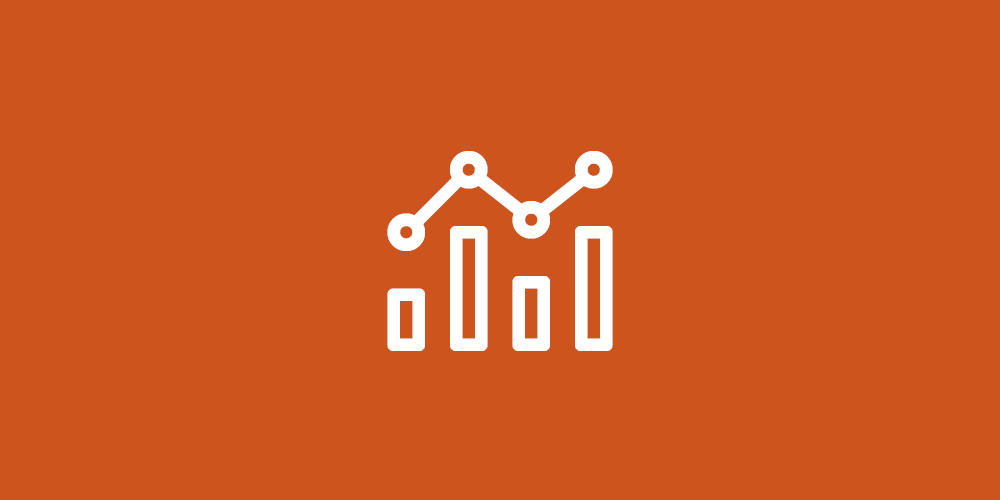Performance Marketing: A Comprehensive Overview
Performance marketing is a results-driven digital marketing strategy where advertisers pay only for measurable outcomes such as clicks, leads, or sales. It focuses on tracking and optimizing campaigns for maximum ROI using data and analytics.
Key Components of Performance Marketing
1. Channels Used
- Search Engine Marketing (SEM):
Pay-per-click (PPC) campaigns like Google Ads target high-intent audiences. - Social Media Advertising:
Platforms like Facebook, Instagram, TikTok, and LinkedIn offer precise targeting for specific demographics and behaviors. - Affiliate Marketing:
Partnerships with affiliates who earn a commission based on performance metrics like sales or leads. - Display Ads & Programmatic Advertising:
Banner ads on websites, retargeting, and programmatic platforms automate ad buying for better targeting. - Influencer Marketing:
Paid partnerships where influencers drive trackable results through unique codes or affiliate links.
2. Performance Metrics
- Cost Per Click (CPC): Payment for each ad click.
- Cost Per Lead (CPL): Payment for each lead generated.
- Cost Per Acquisition (CPA): Payment for a specific action, like a purchase or subscription.
- Return on Ad Spend (ROAS): Measures revenue generated versus the cost of ads.
3. Tools and Technology
- Analytics Tools: Google Analytics, Facebook Ads Manager, and GA4 for tracking performance.
- Automation Tools: Hootsuite, Buffer, and programmatic platforms to streamline campaigns.
- Tracking Pixels & UTM Parameters: Essential for monitoring user behavior and conversion paths.
Advantages of Performance Marketing
- Measurable Results:
Every action is trackable, providing clarity on ROI and campaign success. - Budget Efficiency:
Advertisers pay only for achieved results, minimizing wastage. - Flexibility & Scalability:
Campaigns can be adjusted in real-time based on performance data. - Targeted Reach:
Precision targeting ensures ads reach the most relevant audience.
Best Practices for Performance Marketing
- Set Clear Goals: Define specific KPIs, such as CPL or CPA, to guide the campaign.
- Leverage A/B Testing: Test different creatives, headlines, and targeting to optimize performance.
- Use Retargeting: Re-engage users who’ve shown interest but didn’t convert.
- Focus on Mobile: Optimize campaigns for mobile users as they dominate online traffic.
- Data-Driven Optimization: Regularly analyze data and refine campaigns for continuous improvement.
Conclusion
Performance marketing empowers businesses to achieve precise, measurable outcomes while maximizing budget efficiency. By leveraging data, targeting tools, and scalable strategies, marketers can drive significant growth and ROI.




